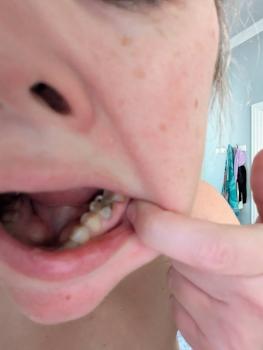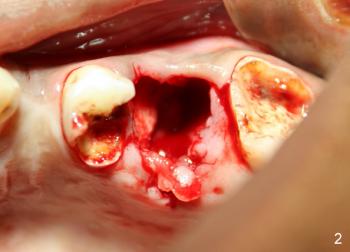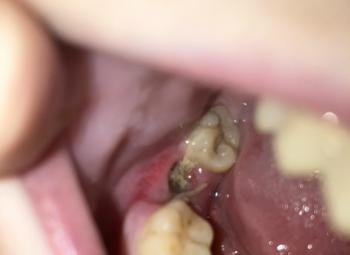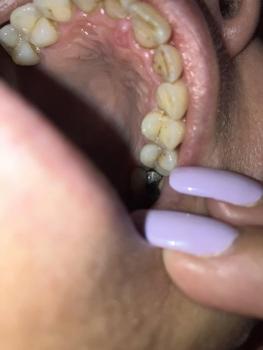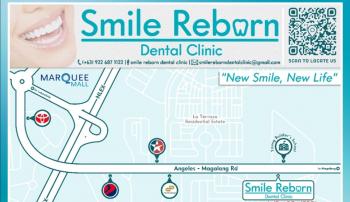Transforming Smiles, Restoring Confidence.
Inlays and Onlays
Inlays and onlays are advanced dental restorations that require a high level of expertise and precision from a professional dentist.
1. Precision in Treatment/ customized
- Customized Fit: Inlays and onlays are custom-made to fit the specific cavity in a tooth. A professional dentist ensures that these restorations are crafted restoring the tooth's natural shape and function. Knows the angle of the teeth.
- Detailed Preparation: The tooth needs to be carefully prepared to accommodate the inlay or onlay. This involves removing the decayed or damaged portion of the tooth without compromising its structure. A professional dentist is skilled in performing this delicate task.
2. Expertise in choosing Material
- Choosing the Right Materialz: Inlays and onlays can be made from various materials, such as porcelain, composite resin, or gold. A professional dentist will select the material that best suits the patient's needs, considering factors like durability, aesthetics, and biocompatibility.
- Aesthetic Consideration: For visible teeth, a professional dentist will choose materials that closely match the natural tooth color, ensuring that the inlay or onlay blends seamlessly with the surrounding teeth.
3. Experience in advanced Technique
- Skillful Application: Placing inlays and onlays requires a high level of technical skill. The dentist must ensure that the restoration is bonded correctly to the tooth, preventing gaps or misalignment, which could lead to further decay or discomfort.
- Use of Technology: Professional dentists often use advanced technology, such as digital impressions and CAD/CAM systems, to design and fabricate inlays and onlays with high precision, ensuring a perfect fit.
4. Minimally Invasive Approach
- Conservative Treatment: Inlays and onlays are more conservative than traditional fillings or crowns, as they preserve more of the natural tooth structure. A professional dentist knows how to remove only the damaged part of the tooth while maintaining its integrity.
- Less Trauma to the Tooth: Because they require less removal of tooth structure, inlays and onlays cause less trauma to the tooth, which can result in a stronger and more durable restoration.
5. Durability and Longevity
- Long-Lasting Results: When done by a professional dentist, inlays and onlays are highly durable and can last many years with proper care. They are more resistant to wear and tear compared to traditional fillings, making them a preferred choice for restoring back teeth.
- Resistance to Fracture: Inlays and onlays can reinforce the strength of a weakened tooth, reducing the risk of fractures. A professional dentist ensures that the restoration is applied in a way that maximizes its strength and longevity.
6. Attention to Detail
- Perfecting the Bite: A professional dentist will carefully adjust the inlay or onlay to ensure that it fits perfectly with the patient’s bite. This attention to detail is crucial to prevent any discomfort or misalignment in the patient’s bite.
- Seamless Integration: They will also ensure that the inlay or onlay seamlessly integrates with the surrounding tooth structure, creating a natural look and feel.
7. Patient-Centered Care
- Personalized Approach: A professional dentist takes the time to understand the patient’s needs, preferences, and oral health condition. This allows them to recommend the most suitable type of restoration, whether it’s an inlay, onlay, or another option.
- Comprehensive Care: They provide thorough follow-up care and instructions to ensure that the inlay or onlay remains in good condition, contributing to the overall health and aesthetics of the patient’s smile.
8. Prevention of Future Problems knows the situation of the teeth.
- Prevents Further Decay: By properly sealing the tooth, inlays and onlays can prevent further decay and damage. A professional dentist ensures that the restoration is perfectly sealed, protecting the tooth from bacteria and plaque.
- Maintains Tooth Structure: Since inlays and onlays are designed to preserve as much of the natural tooth as possible, a professional dentist uses them to maintain the tooth's strength and function, reducing the need for more extensive treatments in the future.


